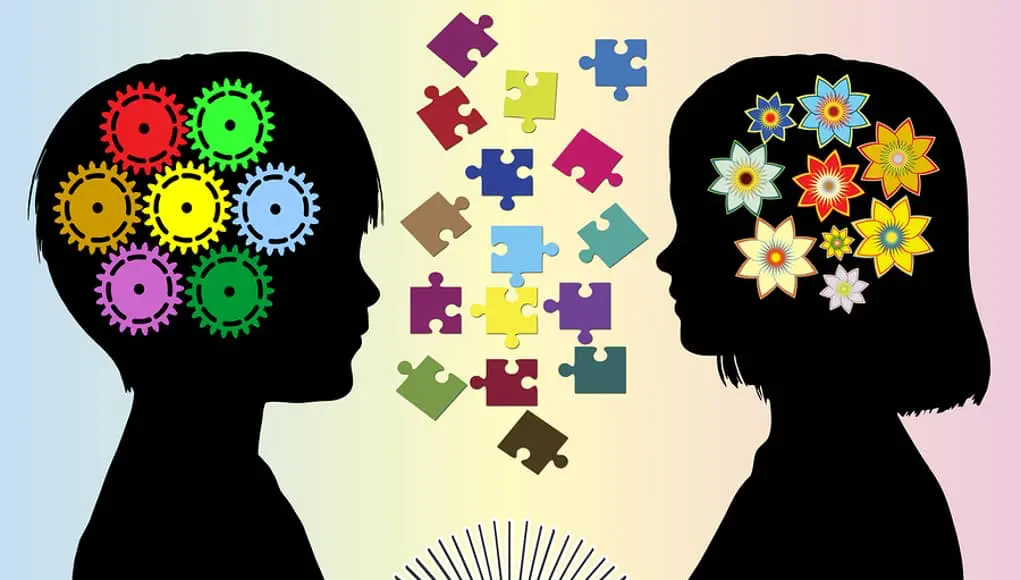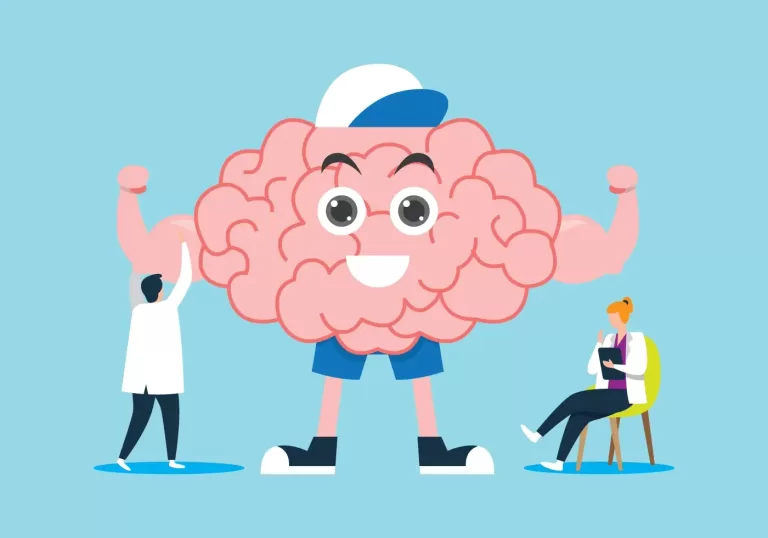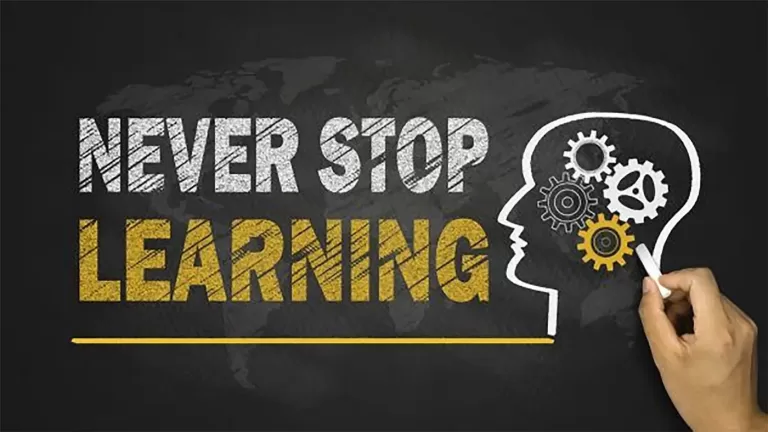
Adults learn in different ways
This page may contain affiliate links. If you choose to purchase after clicking a link, I may receive a commission at no extra cost to you.
As an adult learner, you may have different ways of learning than children. You have different preferences, strengths, and abilities that influence how you process, retain, and apply information. Therefore, it is important to understand the different ways that you learn and how to use effective learning techniques that suit your needs.
One of the most popular theories of adult learning is andragogy, which was developed by Malcolm Knowles. Andragogy is the “art and science of teaching adults” and it is based on the following assumptions:
- You have a higher sense of self-direction and motivation. You want to be involved in planning and evaluating your own learning.
- You use your life experience to facilitate learning. You can relate new information to your previous knowledge and skills.
- You are focused on achieving goals. You want to learn what is relevant and useful for your personal and professional development.
- You need to know how the information is relevant. You want to understand the purpose and benefits of learning something new.
- You are practical. You prefer to learn by doing and applying what you learn to real-life situations and problems.
- You are looking for help and mentorship. You appreciate guidance and feedback from experts and peers who can support your learning.
Another way to describe the different ways that you learn is by using the concept of learning styles. Learning styles are patterns of behavior that indicate how you prefer to learn. There are four main types of learning styles: visual, auditory, tactile, and kinesthetic.
The four main types of learning styles
- Visual learners learn through seeing. You benefit from demonstrations, illustrations, diagrams, and written instructions. You tend to have good imaginations and attention to detail.
- Auditory learners learn through hearing. You benefit from discussions, explanations, music, and verbal feedback. You tend to have good language and communication skills.
- Tactile learners learn through touch. You benefit from hands-on activities, experiments, crafts, and manipulatives. You tend to have good fine motor skills and creativity.
- Kinesthetic learners learn through doing and moving. You benefit from physical activities, games, role-playing, and movement. You tend to have good gross motor skills and coordination.
SOURCE: There are four main types of learning styles: visual, auditory, tactile, and kinesthetic.
However, it is important to note that learning styles are not fixed or exclusive. You can have more than one learning style or switch between them depending on the situation. Learning styles are also not indicators of intelligence or ability. They are simply preferences that can help you learn more effectively.
To use effective learning techniques for yourself, it is essential to consider both the theory of andragogy and the concept of learning styles. Some of the best practices for adult learning include:
- Assessing your own needs, interests, goals, and preferences before choosing a curriculum or program.
- Seeking a variety of learning methods and materials that cater to your different learning styles and preferences.
- Creating a self-directed environment that encourages active participation, collaboration, reflection, and feedback.
- Setting clear objectives, expectations, outcomes, and relevance for each learning activity or module.
- Linking the new information to your existing knowledge and experience.
- Incorporating real-world examples, scenarios, cases, and problems that relate to your contexts and situations.
- Applying what you learn to your own personal or professional goals or challenges.
- Choosing flexible options for pacing, scheduling, delivery, and assessment that suit your needs and preferences.
- Seeking ongoing support, guidance, mentorship, and resources for yourself throughout your learning journey.
By following these best practices for adult learning, you can enhance your learning experiences and outcomes. You can also develop a lifelong learning mindset that enables you to adapt, acquire new skills, and interpret information to achieve your personal and professional goals.







Leave a Comment